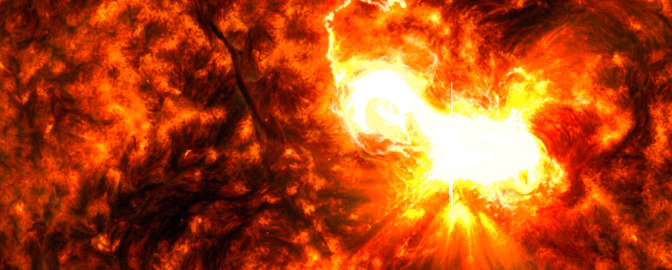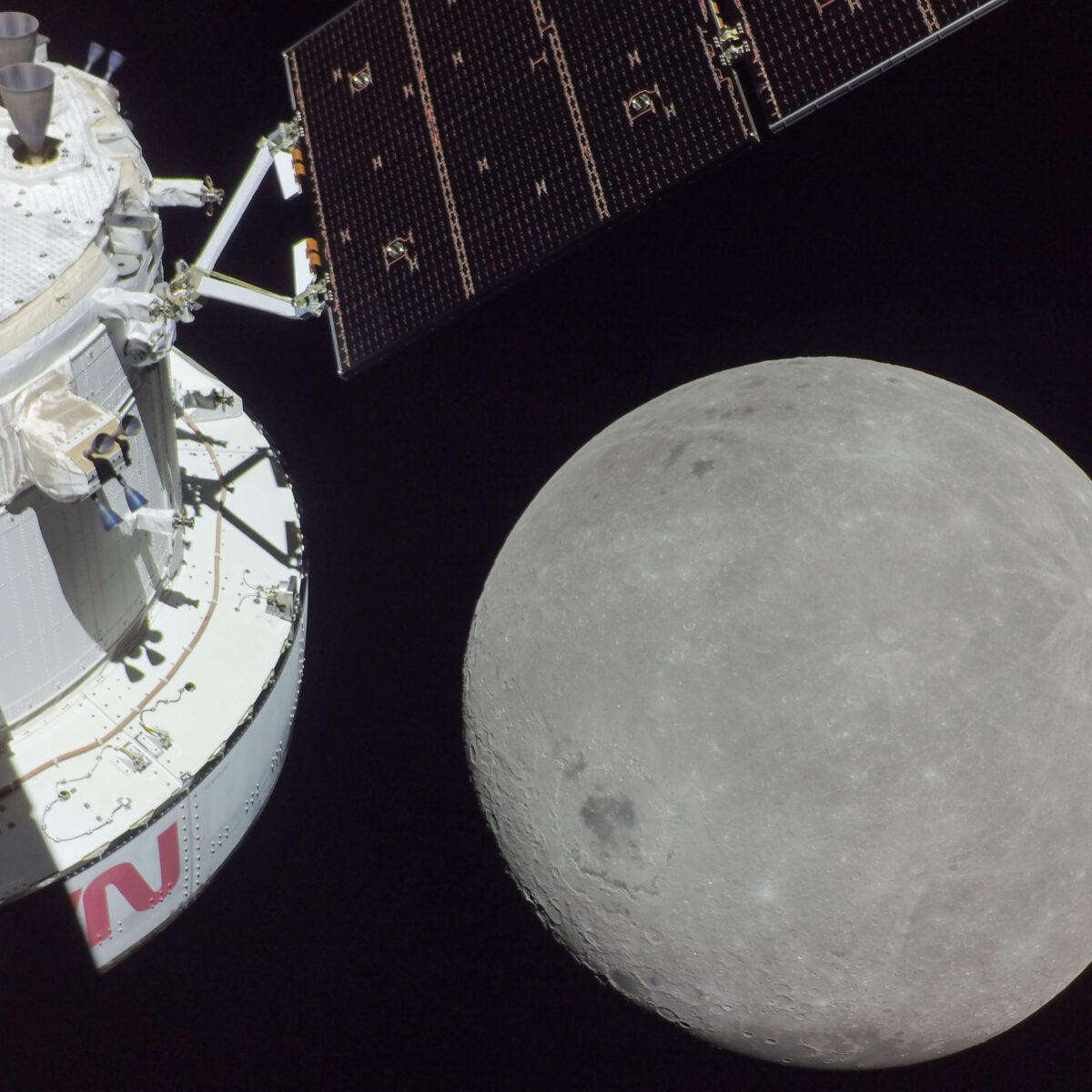All
All
Stories, updates, insights, and original analysis from The Planetary Society.
Extraterrestrial lights
How other worlds experience auroras.
The year in pictures
The sights of space from the past 12 months.
Does Jupiter protect Earth from asteroids and comets?
Jupiter has often been thought to protect the inner Solar System from asteroids and comets, but new research has shown that the giant planet may actually increase the risk of an impact.
Why does Jupiter spin so fast?
The gas giant is the Solar System's largest planet. Here's why it's also the fastest-spinning planet.
What are planets made of?
A look at the compositions of terrestrial planets, gas giants, and ice giants in our Solar System.
Why the true colors of the planets aren't what you think
Cameras on our space probes act as proxies for our own eyes, but what they see isn't necessarily what our eyes would see.
What are Jupiter’s Galilean moons?
An introduction to Jupiter's moons Io, Europa, Ganymede, and Callisto.
Looking for long waves
Why JWST observes in the infrared.
Moon-spying missions and a planetary evil twin
Whether they’re dedicated to it or not, planetary missions can get beautiful and informative glimpses at distant moons. And who’s the evil twin: Venus or Earth?
Juice launches on mission to explore Jupiter's icy moons
The spacecraft will explore Jupiter's moons Europa, Ganymede, and Callisto, all three of which may harbor subsurface oceans.
Juice launch and mission preview: What to expect
Juice is ready to launch on a mission to uncover the secrets of Jupiter's icy moons.
Volcanic Venus, myriad moons, and space sonification
Learn all about the possible volcanic activity found on Venus, the facts about a hyped-up near-Earth asteroid, Jupiter’s newest moons, and what space images sound like.
The secrets of Jupiter’s tiny new moons
Jupiter's 92 confirmed moons can teach us how the giant planets formed, and what conditions were like in the early Solar System.
The year in pictures: 2022
With JWST up and running, it’s one of our best Year in Pictures issues yet.
Your guide to rings of the Solar System
Tour the rings of Jupiter, Saturn, Uranus, and Neptune, plus asteroids, a dwarf planet, and an exoplanet.
Best space pictures of the month: November 2022
NASA's chief of exploration mission planning Nujoud Merancy walks us through a picture from the Orion spacecraft.
Look and see
New views of Europa, favorite sights from JWST, looking at the Cosmos from the air, and other ways to visually soak up our Universe.
It’s a team effort
Robots, scientists, citizens, and artists team up to explore the Cosmos in this week’s Downlink.
A space smorgasbord
Sample the best tidbits from space exploration this week, including news from across the Solar System and beyond, and personal insights from leaders of exploration.
How Uranus and Neptune are key to unlocking how planets form
A flagship mission to the ice giants — Uranus and Neptune — will forever change our understanding of the origin and evolution of our solar system.


 Explore Worlds
Explore Worlds Find Life
Find Life Defend Earth
Defend Earth


 Sun
Sun Mercury
Mercury Venus
Venus Earth
Earth Mars
Mars Jupiter
Jupiter Saturn
Saturn Uranus
Uranus Neptune
Neptune Small Bodies
Small Bodies


















